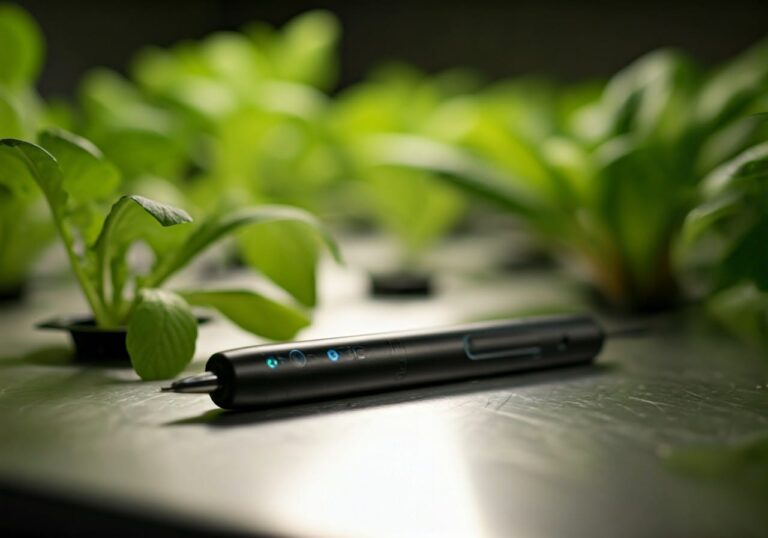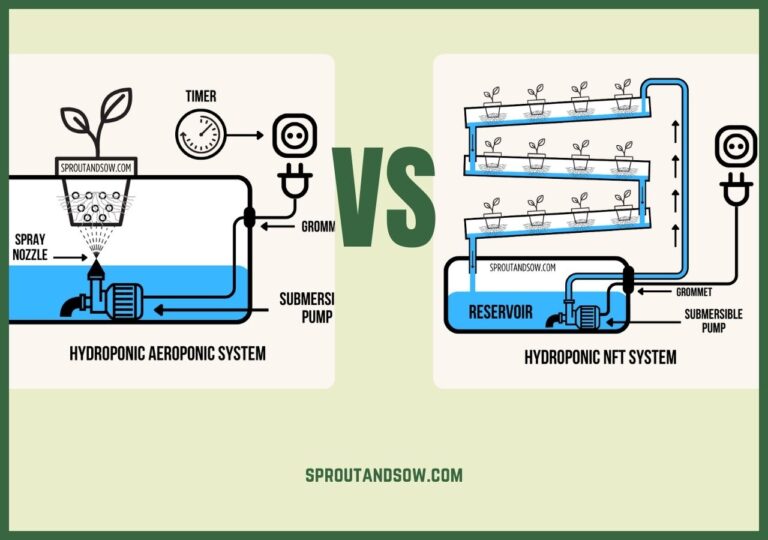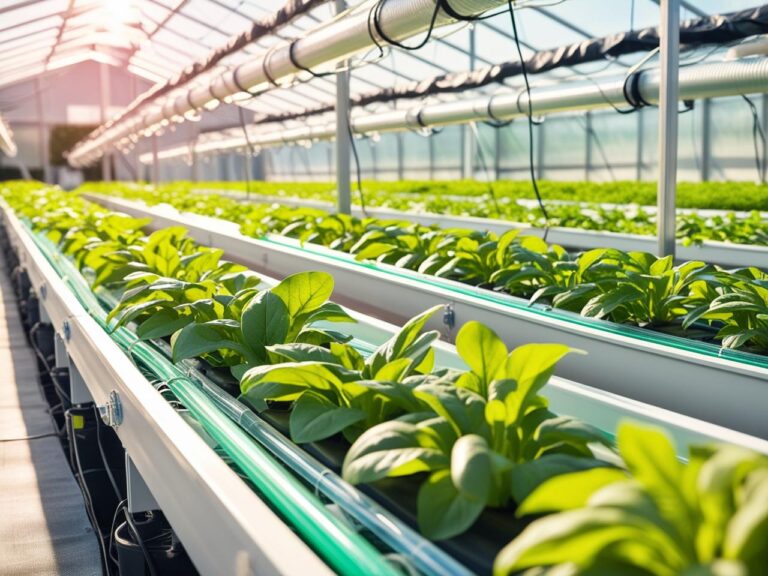Top 5 Easy-to-Set-Up Hydroponic Systems for Beginners
Starting your journey in hydroponics can seem intimidating at first, but with the right system, it’s easier than you think. Hydroponics is a method of growing plants without soil, using nutrient-rich water solutions instead. For beginners, choosing a system that’s straightforward to set up and manage is essential. Below, we dive into the top 5 hydroponic systems that are perfect for those new to the world of soilless gardening.
1. Deep Water Culture (DWC) System
Overview: Deep Water Culture is one of the simplest and most popular systems for beginners. Plants are suspended in a nutrient solution with their roots submerged in water, which provides continuous nourishment.
Pros:
- Easy to set up and maintain.
- Minimal moving parts, reducing the risk of failure.
- Great for growing leafy greens like lettuce and spinach.
Cons:
- Water temperature needs regular monitoring.
- Limited to certain types of plants that prefer consistent water exposure.
Tips for Success: Make sure to use an air pump to oxygenate the water, preventing root rot and ensuring healthy growth.
- VIVOSUN Hydroponic 5-Gallon Bucket System: A complete DWC kit that comes with a water pump, air stone, and net pot lids, perfect for beginners looking for an easy entry into hydroponics.
- Hydrofarm Active Aqua Root Spa: An individual bucket system with an air pump included, ideal for small-scale growing of leafy greens and herbs.
- VEVOR DWC Hydroponic System: A popular option for those starting with hydroponics, especially for beginners and hobbyists.
Related: 10 Must-Have Tools for a Successful Hydroponic Garden
2. Kratky Method
Overview: The Kratky Method is a non-circulating hydroponic system that’s perfect for beginners who want a low-maintenance approach. It doesn’t require pumps or electricity, making it one of the simplest systems to try.
Pros:
- No need for electricity or moving parts.
- Very low maintenance once set up.
- Ideal for leafy greens and herbs.
Cons:
- Limited scalability.
- Not suitable for larger plants with higher water demands.
Tips for Success: Ensure your container is light-proof to prevent algae growth and monitor water levels as the plants consume nutrients.
- Viagrow 6 inch Wide Lip Bucket Basket Lids: Affordable hydroponic lids with net pots (fits 5 and 3.5 Gallon Buckets) and great for those new to the Kratky method.
3. Nutrient Film Technique (NFT) System
Overview: The NFT system is a bit more advanced but still manageable for beginners who want to step up their hydroponic game. This system involves a thin film of nutrient solution running over the roots of plants in a sloped channel.
Pros:
- Continuous flow of nutrients and oxygen.
- Efficient water usage.
- Great for small plants and herbs.
Cons:
- Requires a pump for nutrient circulation.
- Susceptible to pump failures that can quickly impact plant health.
Tips for Success: Regularly check the pump and keep the channels clean to prevent blockages and ensure even water flow.
- Aerospring Indoor Hydroponic System: A slightly more advanced NFT system that can handle a larger variety of plants and comes with user-friendly instructions for beginners.
4. Wick System
Overview: The wick system is the simplest hydroponic setup available and ideal for beginners with a limited budget. It works by using a wick to draw the nutrient solution from a reservoir to the plant roots.
Pros:
- No moving parts, making it maintenance-free.
- Inexpensive and easy to set up.
- Can be used for small plants like herbs and greens.
Cons:
- Not suitable for large plants with high water needs.
- Slower nutrient delivery can affect growth rates.
Tips for Success: Use an absorbent material for the wick (such as nylon) to ensure proper nutrient absorption, and replenish the reservoir regularly to keep nutrients balanced.
- ORIMERC 30 Pack 3 inch Net Cup Pots with 30 feet Hydroponic Self Watering Wick: This basic system includes wicks and 30 net pots, making it simple and cost-effective for beginners.
Related: Maximizing Yields with Advanced Hydroponic Lighting Solutions
5. Ebb and Flow (Flood and Drain) System
Overview: The ebb and flow system, also known as a flood and drain system, involves periodically flooding the plant roots with nutrient solution and then draining it back into the reservoir. This provides both hydration and aeration.
Pros:
- Versatile and suitable for various plant types.
- Promotes robust root growth due to oxygen exposure.
- Adjustable for different growth stages.
Cons:
- Requires a timer and pump, adding complexity.
- Can be prone to mechanical issues.
Tips for Success: Ensure the timer is reliable and set to the appropriate flooding frequency to keep roots healthy without oversaturating them.
- Active Aqua Ebb & Flow Grow Controller Unit: A flexible system that supports modular expansion and can handle multiple plants simultaneously.
Related: Ebb and Flow Hydroponic System: A Beginner’s Guide
Conclusion
Starting with the right hydroponic system can make all the difference in your gardening journey. For absolute beginners, the DWC and Kratky Method provide the simplest start, while those looking for a bit more control and scalability might opt for NFT or Ebb and Flow. Each system comes with its own set of challenges and benefits, so choose the one that fits your space, budget, and commitment level. Happy Gardening!







